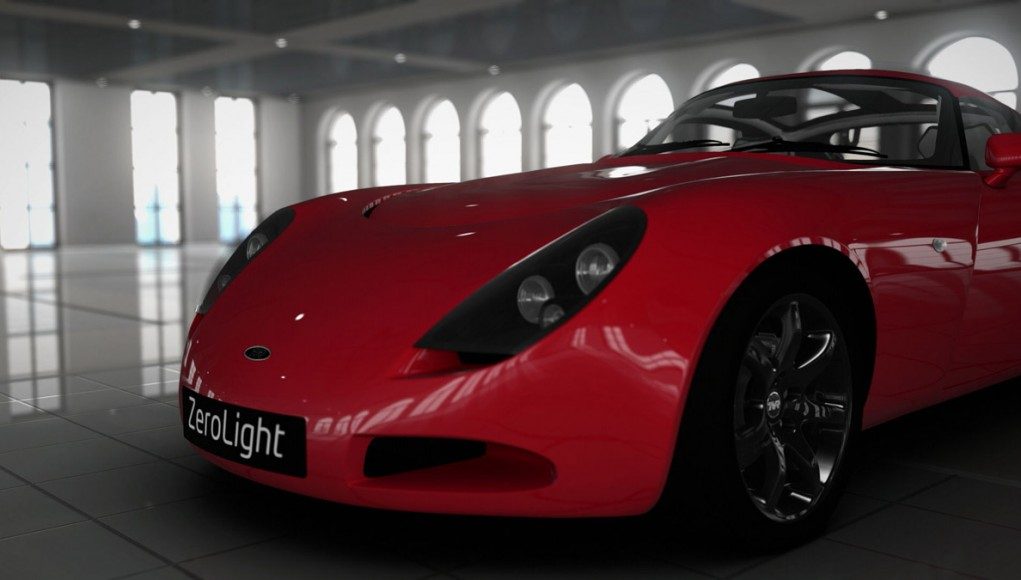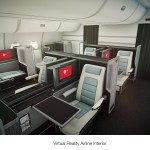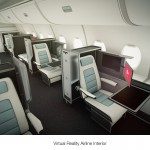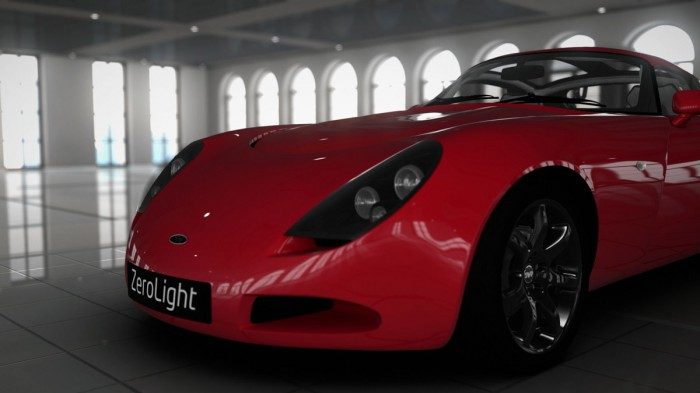
ZeroLight, a UK-based digital visualization company, is adding virtual reality support to their virtual showroom engine. Doug Wolff, Executive Producer at ZeroLight, is set to speak tomorrow at the VRTGO conference about the company’s work with virtual reality in non-gaming experiences and the need for a ‘reality check’ during the design process.
“When designing commercial or retail applications, it’s important to be aware the product likely already does a great job of selling itself. So it’s key to understand what the use of VR is bringing to the experience. We recommend identifying which parts of the customer journey need to be real, and which enhanced by VR—we call this our ‘Reality Check’,” says Wolff
Wolff will expand on the ‘reality check’ concept tomorrow in a presentation at the VRTGO conference, of which ZeroLight is a headlining sponsor.
The company says that its proprietary rendering engine, which goes by the same name, is capable of pushing high-fidelity graphics at up to 4K resolution and 60FPS on “affordable PC hardware”. Now with support for the 1080p Oculus Rift DK, presumably the engine will have no trouble hitting the 75 FPS threshold.
“ZeroLight-powered VR experiences combine objective-orientated design with low latency, high resolution, and high frame rate plus intuitive UI to make it user friendly,” Jason Collins, Senior Marketing Manager at ZeroLight, told Road to VR.
One of the company’s first ground-up VR experiences demonstrates the ergonomics of a concept airplane cabin.
“Our airline demo has been created to help show the potential of VR technology in industries that design and make interior spaces. Airlines are a classic example because (especially in first-class) their use of space is innovative and needs to combine aesthetics with the commercial reality of getting as many seats as possible into the space. Other similar industries would include trains, interior design, office and working-space design, restaurant and retail planning, etc,” said Collins.
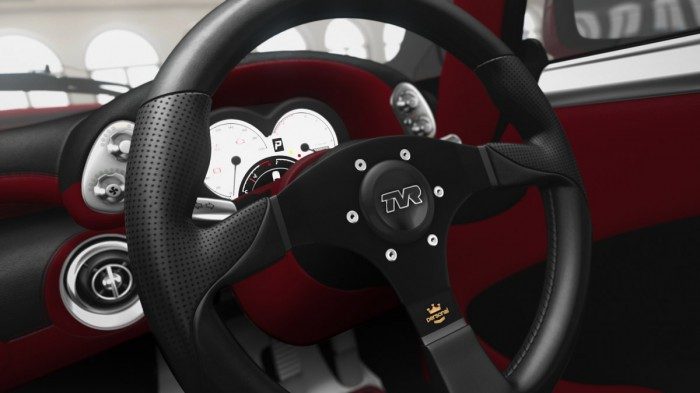 At VRTGO 2014, ZeroLight will be demonstrating their VR airline cabin alongside a virtual car showroom that allows users to sit in a high-end sports car. Both demos will be shown through the Oculus Rift DK2.
At VRTGO 2014, ZeroLight will be demonstrating their VR airline cabin alongside a virtual car showroom that allows users to sit in a high-end sports car. Both demos will be shown through the Oculus Rift DK2.
“For the airline demo we’ve created a companion control system that can be run on a tablet or a PC which is used to move the user on to the next stage of the cabin tour,” Collins explained. “This is a single mouse click (or comparable input, so a ‘presentation clicker’ for example) which takes the user to each stop on the tour, one after another. This is an example of a ‘guided tour’ approach to a VR experience which guides the user round the important elements and features, as opposed to a free roam approach.”
For other demos, the company is working on a ‘look and click’ movement system where the user can look at an object or area in the environment and use the companion control system to opt to investigate up close.

